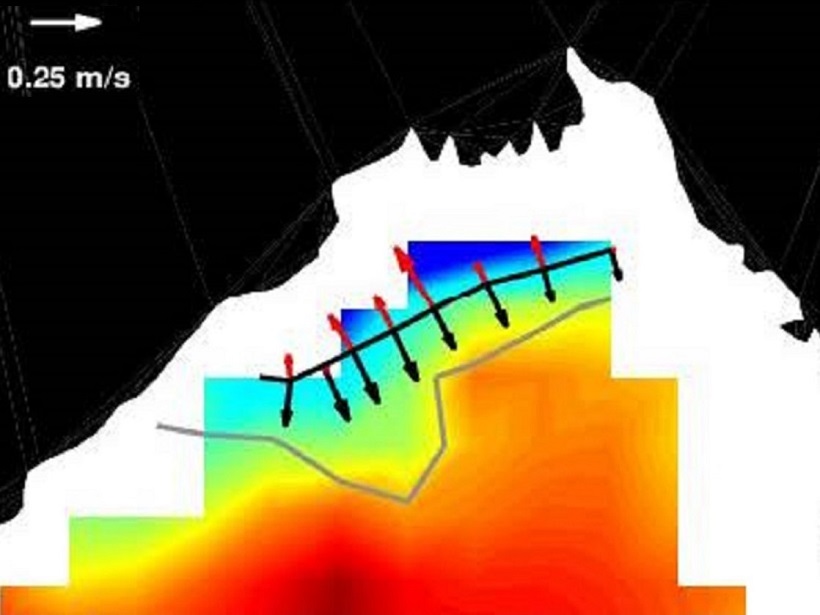Source: Journal of Geophysical Research: Oceans
Monsoon rainfall and the inflow from the Ganga-Brahmaputra and Irrawady rivers to the Bay of Bengal create a shallow and fresh upper layer of water, which persists from summer through the following winter. The light surface layer and stable upper ocean stratification promote strong feedback between the north Bay of Bengal and the monsoon atmosphere. It is therefore important to understand salinity variation due to the lateral dispersal of river water in this ocean basin. Sree Lekha et al. [2018] develop a new ocean current dataset based on in situ and satellite observations to account for the fresh surface layer. Their analyses show that, on subseasonal timescales, as the winds strengthen during an active phase, a very shallow wind-driven flow draws river water into the interior of the Bay. Once the monsoon winds weaken in about two weeks, mesoscale ocean eddies dominate the surface flow, carrying river water away from the interior.
Citation: Sree Lekha, J., Buckley, J., Tandon, A., & Sengupta, D. [2018]. Subseasonal dispersal of freshwater in the northern Bay of Bengal in the 2013 summer monsoon season. Journal of Geophysical Research: Oceans, 123. https://doi.org/10.1029/2018JC014181
—Lei Zhou, Editor, JGR: Oceans
Text © 2018. The authors. CC BY-NC-ND 3.0
Except where otherwise noted, images are subject to copyright. Any reuse without express permission from the copyright owner is prohibited.

